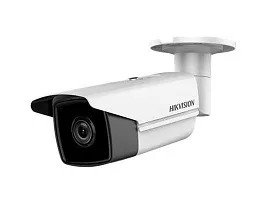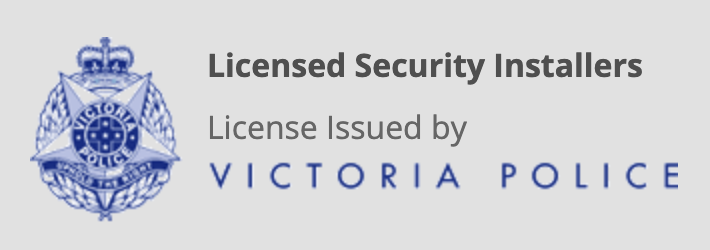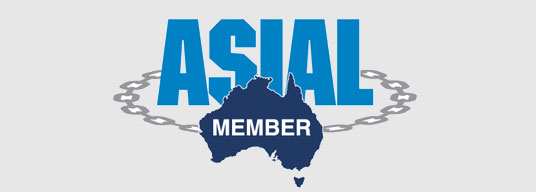Are you looking to get peace of mind in your home or at your office? CCTV is a great way to provide that. Installing CCTV can take a bit of work though and many people are unfamiliar with the process. Even if you are having a professional install your CCTV system it can be helpful to have an idea of the installation process so that you can know whether or not your installer is doing the job properly.
Today we are going to take a look at a brief overview of the most common CCTV installation steps. Before you get to this process you should have already determined exactly where you want each camera so that everything can be done quickly with as little disruption as possible.
Mount the Cameras
Mounting the cameras is one of the most straightforward steps. You will take the tools you need and start mounting the camera onto the wall. Before The camera’s mount is completely tightened down to the wall you should take the time to make sure that it is pointed exactly where you want it to aim. Once you have it exactly positioned, make sure to hold it still and tighten the mount.
Some cameras may allow you to connect a portable monitor to them in order to see what they see. This will help you to ensure that you are capturing the view you want.
Set Up The DVR
Next you will want to setup the DVR so that once the wires are run you can view the CCTV cameras and ensure everything is set up properly. Place your DVR in a secure location, such as a closet where it can be hidden or in a mounted lockbox. This helps to prevent intruders from tampering with the camera system.
At this point you can go through and set up the time and other basic features on the DVR. That way once a camera is plugged in you won’t need to go through those steps during the troubleshooting.
Run the Wires
Now you will need to run the wires for the CCTV system. The best way to run wires is through the walls, not only for the appearance of your home, but also for the security of the system. It is much harder to tamper with wires that are in the walls. If you are going to run cameras outside of the wall we recommend using cable covers that can easily be painted over and hidden either along the ceiling or baseboard.
Connect Everything
Camera by camera connect all of the devices into the DVR and test out each one. You may need to make slight adjustments to the positioning of your cameras but for the most part, if you spent time pointing the cameras during step one you should have them all looking where you want. Take the time to name each camera and ensure that it has a time and date stamp placed on the footage. Camera names, times, dates, and other information that you can input will help to ensure the footage is easy to use if you need it for legal reasons.
CCTV cameras have come a long way since the big bulky boxes that they used to be. With modern systems you can do the installation yourself and do a fairly good job at it. However, it is always recommended to have a professional install your CCTV camera system to ensure that the work is guaranteed and that the system is working optimally. Most professionals charge very good rates and you can relax while they do the work for you.




